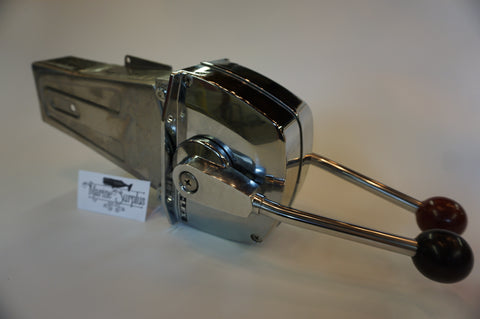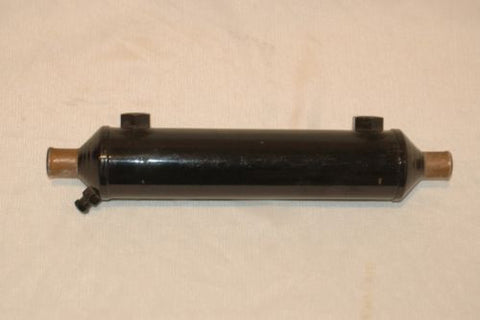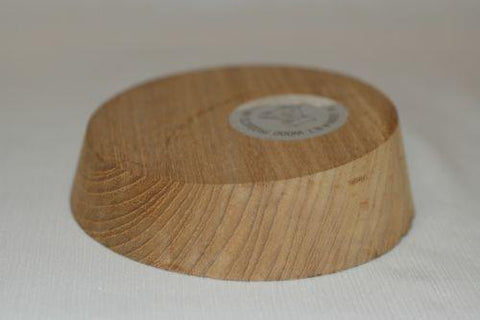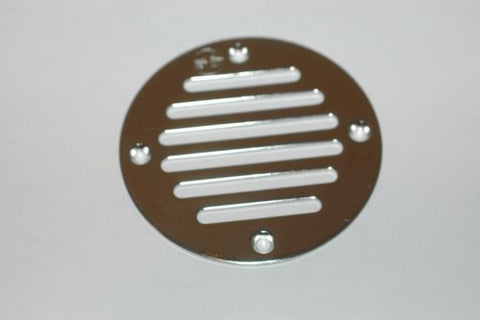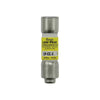
MARINESURPLUS.COM
CC Class, Time-Delay, 3A, 600V AC, Non-Indicating
Description
The LP-CC-3 is part of Eaton’s Bussmann Low-Peak (LP-CC) series of Class CC, time-delay, current-limiting fuses. Designed to protect branch circuits and small horsepower motors, it offers reliable, compact protection in demanding electrical environments.
This particular variant is non-indicating, meaning it does not include a visual blown-fuse indicator. It is rejection style (ensures correct size insertion) and is rated for 600 V AC and 150 V DC use.
Key Specifications
|
Parameter |
Value |
|
Current Rating |
3 A |
|
Voltage Rating |
600 V AC / 150 V DC |
|
Interrupting Rating |
200 kA at 600 V AC; 20 kA at 150 V DC |
|
Type / Behavior |
Time-delay (dual element) |
|
Size (diameter × length) |
0.41 in × 1.50 in |
|
Standard / Class |
UL Listed, CSA Certified, RoHS Compliant |
|
Rejection Style / Non-Indicating |
Ensures proper fuse insertion; no built-in indicator light |
|
Typical Response Time |
Min. 12 seconds at 200% of rated current |
Features & Benefits
-
Current-Limiting Protection
Limits the fault current that passes through downstream components during short circuits, helping protect wiring and equipment from excessive thermal or magnetic stress. -
Time-Delay Behavior
Built to tolerate short surges or startup currents (like motor inrush) without blowing spuriously, but reacts quickly under sustained overloads. -
Compact & Space-Saving
Among the smallest packages in Class CC fuses, allowing higher density installations in control panels or equipment racks. -
Rejection Style Design
Helps prevent insertion of incorrect fuse sizes (only proper fuse form factor fits), reducing error risk. -
Reliable Build Quality
Manufactured to UL / CSA / IEC standards, with melamine tube construction and ferrule end connections for durability. -
Lower Spare Inventory Burden
Because Low-Peak fuses combine time delay and high interrupt capacity, they often replace multiple fuse types, reducing inventory needs.
Typical Applications
- Protection of control circuits and small motor loads
- Branch circuit protection in control panels, machine tools, factory automation systems
- Situations where startup inrush currents must be tolerated (e.g. motors, solenoids)
- Industrial and commercial power distribution systems that require compact, UL-rated overcurrent protection

